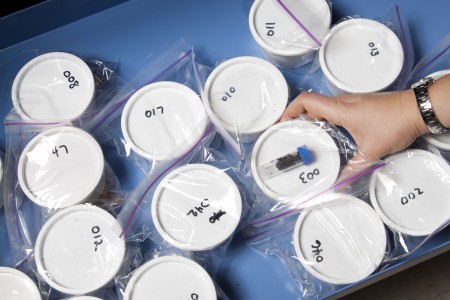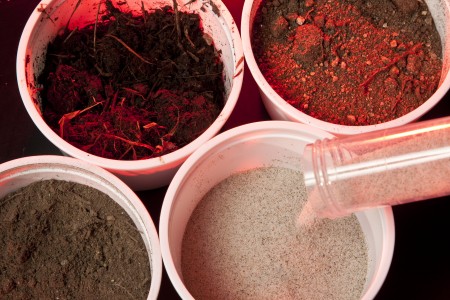Deadly prion diseases can devastate livestock herds or wildlife. What’s worse, even quarantine and Mother Nature cannot eradicate these diseases because prions survive in soil, where they remain infectious for decades.
UNL civil engineer Shannon Bartelt-Hunt is shedding light on the complex interaction between soil and prion diseases, including chronic wasting disease, which attacks deer and elk; scrapie, which infects goats and sheep; and bovine spongiform encephalopathy, or BSE, which affects cattle. Her work could provide insights about how to control this environmental threat. A $413,883, five-year National Science Foundation CAREER program award, presented to outstanding pre-tenure faculty, supports her research.
Prions are misshapen, infectious proteins that cause wildlife or livestock to lose body mass and develop neurological problems. Researchers know prion diseases spread to soil through blood, saliva, feces, urine and even antler velvet, but have limited understanding of how prions behave in the environment. Unlike chemicals, which break down relatively quickly in soil, prions are persistently potent.
“Chemical structures don’t change after binding to soil, but protein conformation does,” Bartelt-Hunt said. “We have evidence that if prion proteins attach to surfaces, like soil, that can affect their biological properties.”
The way the protein binds to soil also may protect it from environmental conditions that may otherwise cause it to degrade. Bartelt-Hunt is testing how exposure to changing conditions, including heat and moisture, alters the protein over time. Her goal is to discover which factors slow the ability of prions to replicate.
Her research may offer clues about where to look for contamination or help farmers and wildlife managers safely dispose of soil after an outbreak, especially from BSE-contaminated herds. Though it’s unlikely, BSE prions are transferable to humans, according to the U.S. Centers for Disease Control. Preventing prions from entering the water supply is another public health consideration.
Bartelt-Hunt said interdisciplinary collaboration with Nebraska Center for Materials and Nanoscience researcher Mathias Schubert, UNL electrical engineer, and Jason Bartz, medical microbiologist and immunologist at Creighton University, has enhanced her research.


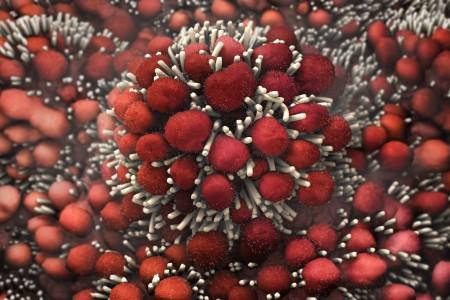

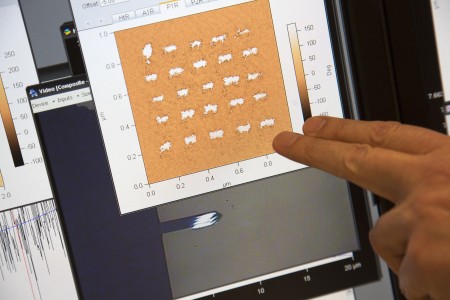





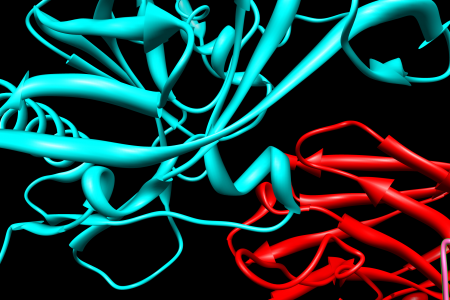


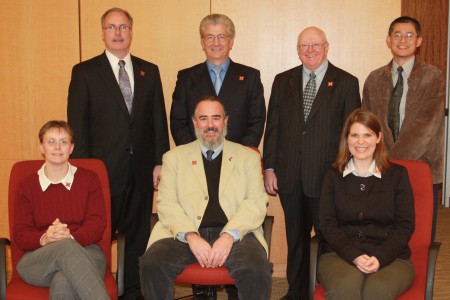









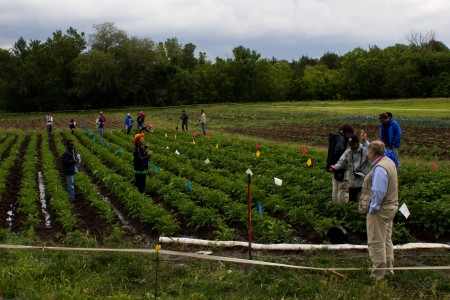


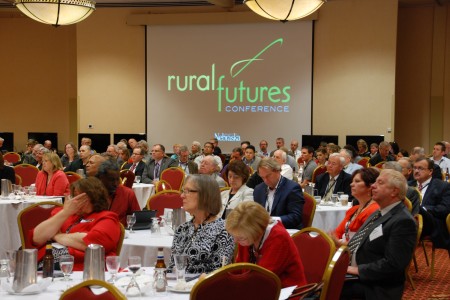


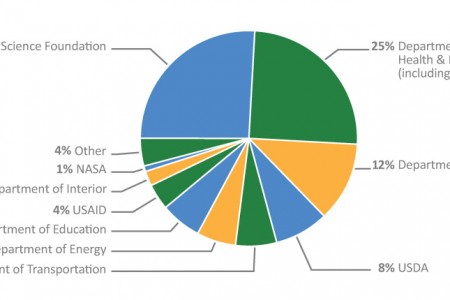

 2011-2012 Research Report
2011-2012 Research Report




